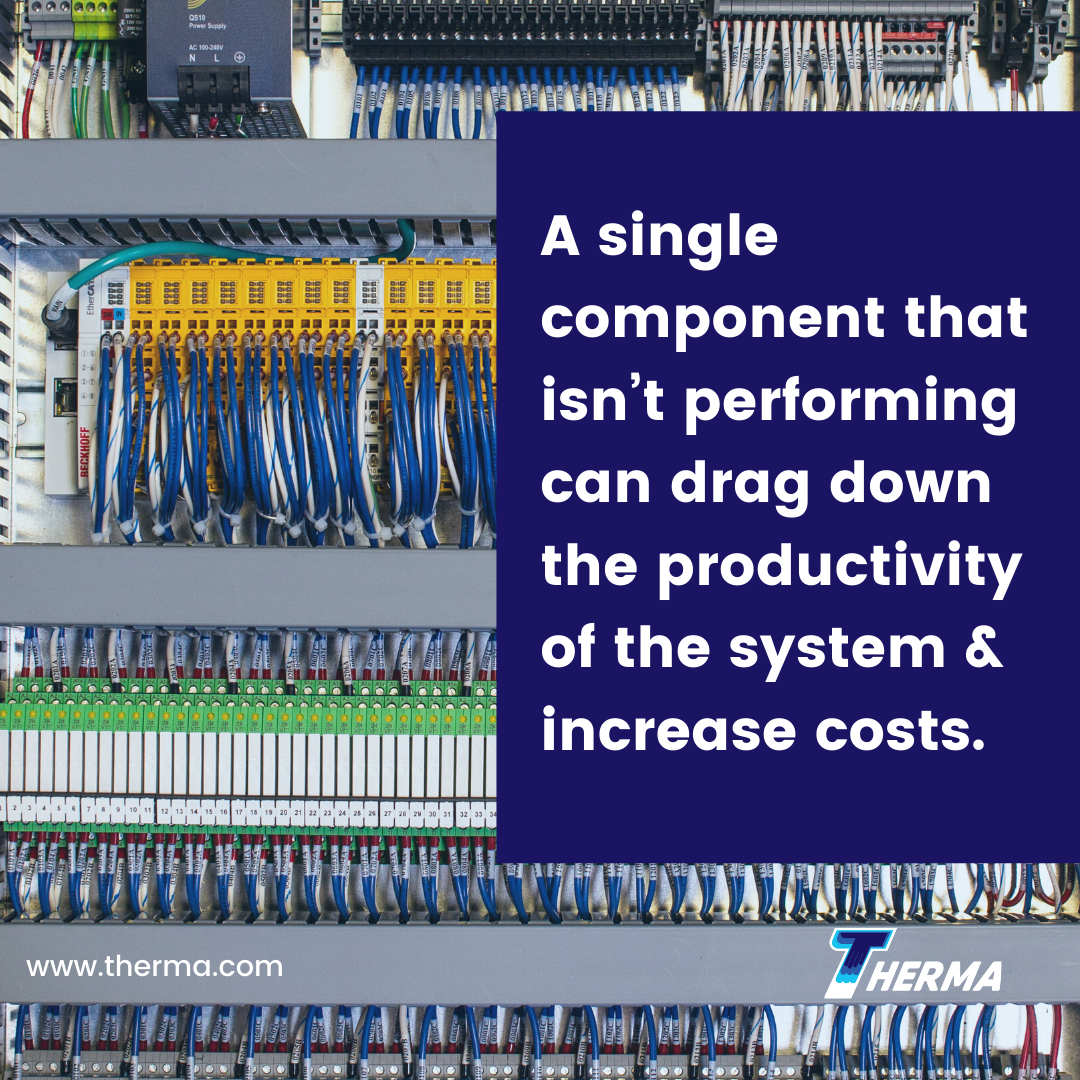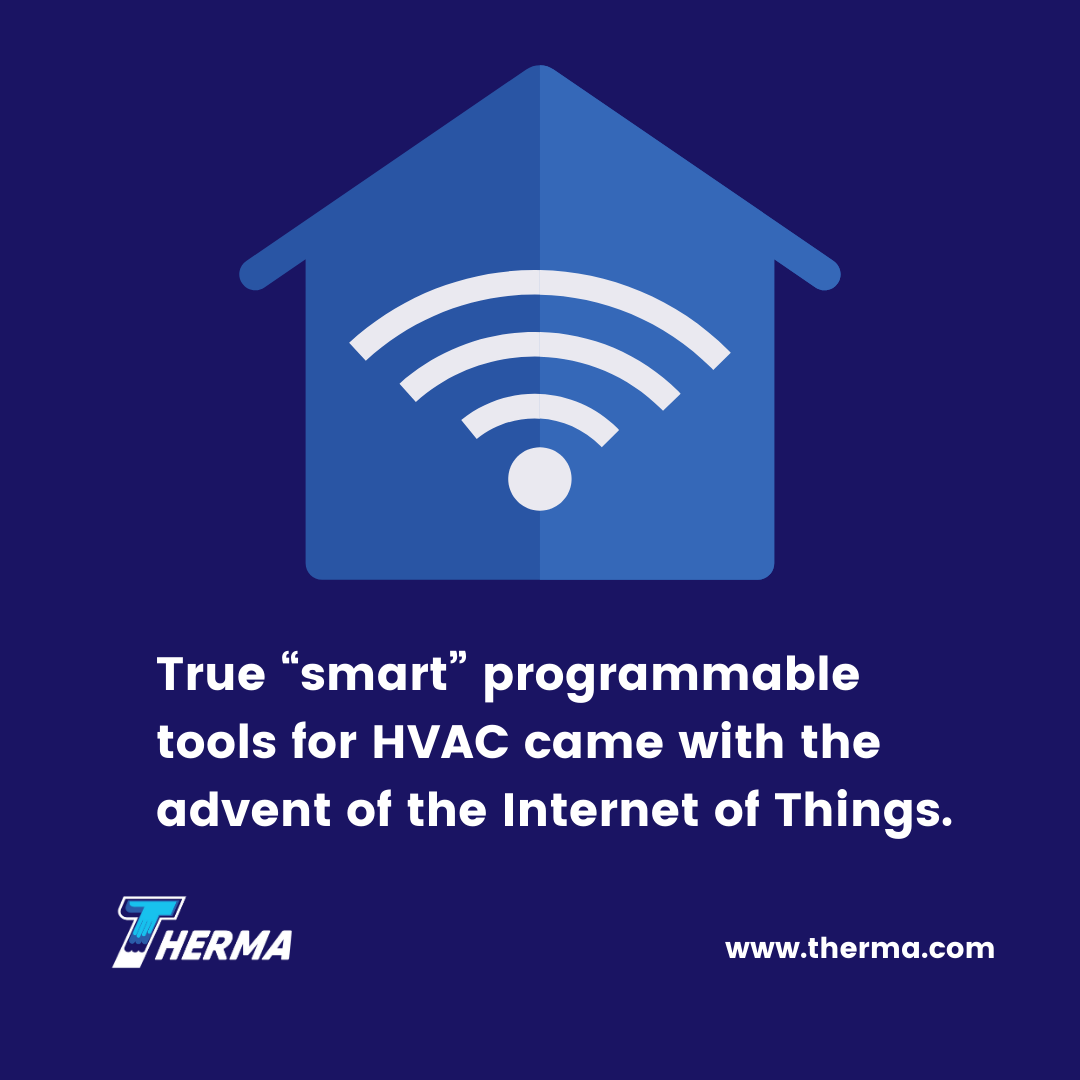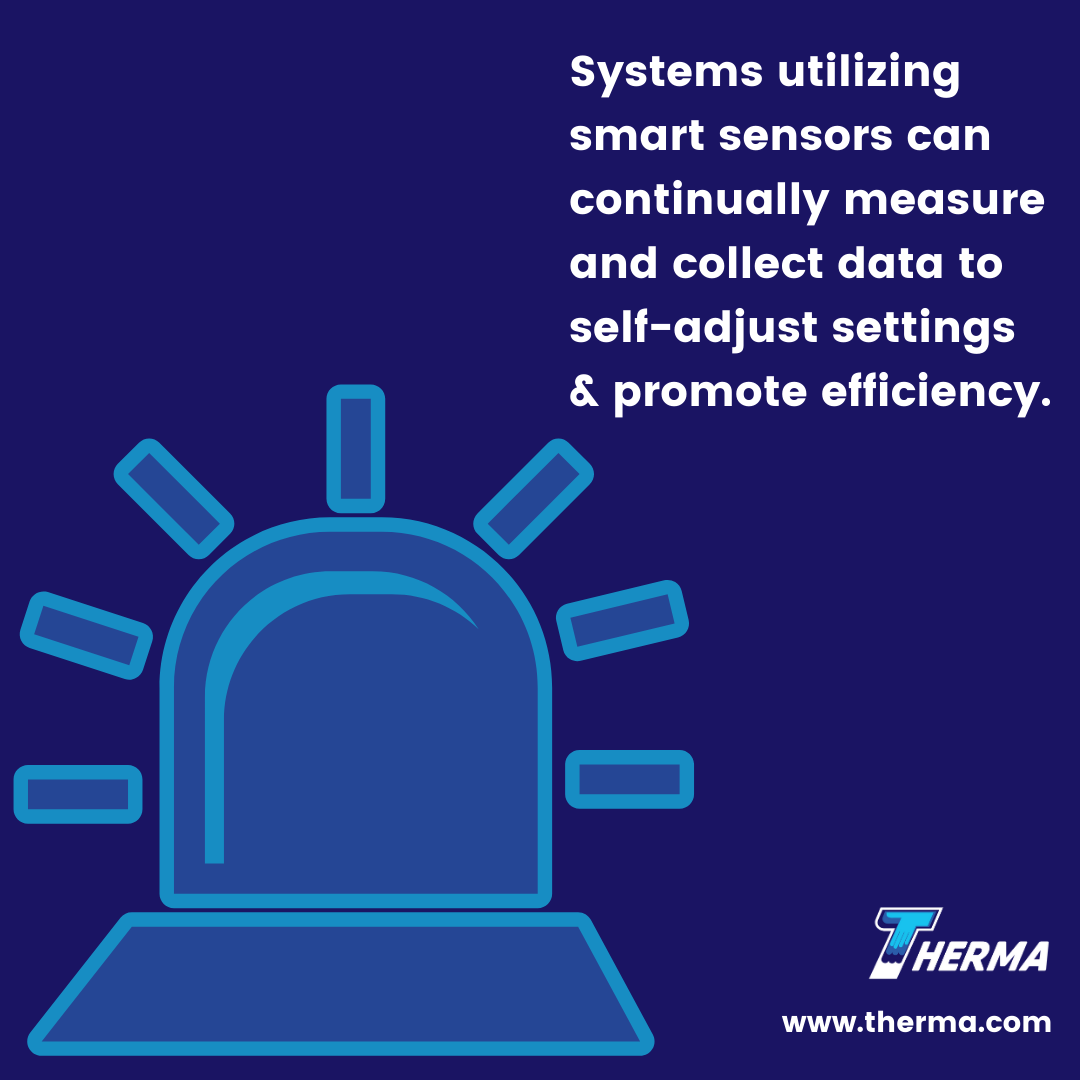The future of the Internet of Things (loT) and the HVAC industry is here. In response to the potential of loT, HVAC manufacturers, building managers and residential-user advocates are continually developing, testing and implementing ways to improve efficiency and reduce the costs of running HVAC systems.
HVAC equipment can be tremendously sensitive; a single component that isn’t performing at peak efficiency can drag down the productivity of the entire system, increasing costs.
For building owners or facility managers in particular, having HVAC energy-efficient equipment that runs smoothly is a priority. Since energy use by HVAC systems is typically one of the highest line items in the budget, a lack of properly working HVAC is one of the most likely issues to cause tenant turnover.
HVAC Industry And Early Innovation
The earliest forms of HVAC efficiency moderators were programmable thermostats. These were simple timers that could be set to turn systems on and off or raise and lower temperatures based on the day of the week or time of day. Over time, these thermostats became capable of making decisions about settings based on other variables, such as humidity levels.
From there, smarter HVAC systems were developed, with the ability to direct airflow, and open and close vents, to achieve improved efficiency from day to day and season to season. Different components were revised and enhanced, materials replaced with more durable and flexible ones, and fan arrays manipulated for smoother, more reliable and effective operation.
The Internet of Things Expands HVAC Options
True “smart” programmable tools for HVAC came with the advent of the IoT. The Internet of Things era ushered in a host of programmable options for commercial and residential building use. Smart homes and buildings saw the seamless interconnection of “things,” such as machines, devices and even appliances. For the HVAC industry, with IoT, it became easier to track energy use, adjust settings, use voice commands to operate smart devices and even integrate third-party interfaces for whole home or facility management.
Automatic Monitoring
Internet-connected HVAC can continuously monitor conditions and system functionality with the help of smart sensors, gathering information to share with facility managers, engineers and service technicians. Any unusual equipment behavior or system failure can be swiftly recognized and reported, enabling remote diagnostics.
A signal showing a sudden increase in moisture or temperature can indicate a leak or a component burnout. If an area rises above a specific temperature overall, it can mean that the system is no longer operating at peak functionality. These early warning indicators can allow for repairs to be made before occupants are even aware—and angry complaints start arriving.
Urgent system issues can be prioritized, while minor issues can be identified for maintenance, preventing major complications. Technicians can batch services at each location as well to refine maintenance schedules and help anticipate future needs. The result is a reduction in maintenance and repair-associated costs spread over time, better efficiency, and happier, more comfortable building occupants.
Surroundings Adaptability
The most advanced IoT HVAC systems have been designed to adapt to their surroundings and adjust, based on current and predicted parameters, as needed. With the help of smart sensors, systems can continually measure and collect data on temperature, humidity and air flow throughout an entire building. They can also stay abreast of external influences, such as utility rates, weather conditions and forecasts, and even building occupancy at any given time.
Armed with this information, the system can self-adjust settings to promote optimal conditions and efficiency. Additionally, the system can plan for upcoming situations or divert energy from unused areas of a building, for example, a department that shuts down due to unavailable roads during a weather event and does not require regular service levels. IoT connected systems can learn how to alter their behavior to take advantage of or mitigate the situation. By proactively responding to changes instead of reacting after they occur, they can create a comfortable environment.
IoT and BAS
Unlike simple programmable systems, IoT connected, AI-powered web-based systems are widely receptive, providing a way for facilities to level up their building automation systems (BAS). BAS permits HVAC and other systems to be monitored and controlled from a web browser. IoT capability adds connectivity with sensors that raise the bar when it comes to sophisticated data collection and analytics. This combination results in HVAC systems that are better managed, maintained, connected and efficient.
Are you looking to take your HVAC system to the next level? Contact Therma about your project today.










